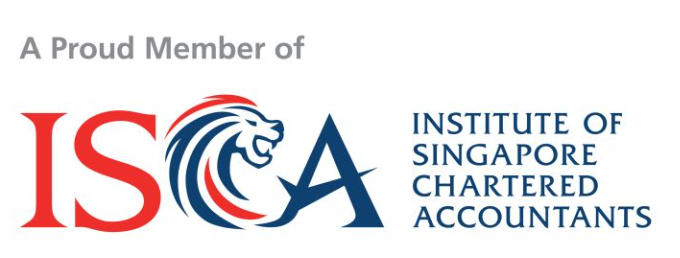会计服务
新加坡公司的专业会计咨询服务与 云端会计解决方案
在新加坡竞争激烈的商业环境中,Astop Consultancy 提供全面的会计服务,助力企业实现财务透明、合规运营和高效管理。
为什么选择 Astop Consultancy 的公司会计服务?
我们是一家 ACRA 持牌的会计事务所,团队由新加坡注册会计师、ACCA 国际特许公认会计师及经验丰富的企业顾问组成,
致力于为客户提供高效、可靠的一站式会计解决方案。
我们的优势
专业团队
拥有丰富经验的会计师和顾问,确保服务质量
合规保障
确保企业遵守新加坡的财务和税务法规
云端会计系统
采用先进的云端会计软件,实现实时财务管理
定制化服务
根据客户需求,提供量身定制的会计解决方案
我们的会计服务范围
云端会计服务
利用先进的云端会计软件,如 Xero 和 QuickBooks,帮助企业实现以下目标:
1. 实时财务监控
随时随地访问最新的财务数据
2. 自动化流程
减少手动操作,提高工作效率
3. 数据安全
采用高标准数据加密和备份措施,保障信息安全
我们的会计服务范围
簿记服务
我们提供全面的簿记服务,确保企业的财务记录准确无误,包括:
1. 交易记录
系统记录所有财务交易
2. 分类账管理
维护总账、应收账款和应付账款
3. 银行对账
定期进行银行账户对账,确保账目一致
我们的会计服务范围
财务报表编制与报告
根据新加坡财务报告准则(SFRS)和国际财务报告准则(IFRS),我们为企业编制各类财务报表,包括:
此外,我们还提供财务分析报告,协助企业做出明智的经营决策
1. 资产负债表
2. 利润表
3. 现金流量表
4. 股东权益变动表
我们的会计服务范围
工资服务
我们提供全面的簿记服务,确保企业的财务记录准确无误,包括:
1. 工资计算
准确计算员工工资、加班费和扣款
2. 税务申报
协助企业完成薪资相关的税务申报
3. 员工福利管理
管理员工的福利计划,如公积金(CPF)和医疗保险
我们的会计服务范围
其他服务
1. XBRL 报告服务
根据新加坡会计与企业管制局(ACRA)的要求,我们协助企业准备和提交 XBRL 格式的财务报表,确保合规性和透明度。
2. 合并会计服务
对于拥有多个子公司的企业,我们提供合并会计服务,整合各子公司的财务数据,编制统一的财务报表,反映整个集团的财务状况。
认证















